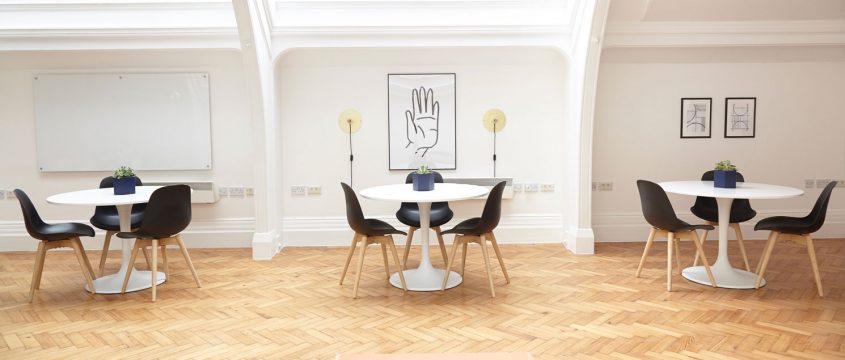When choosing a wood floor, it’s not just a matter of choosing a floor your like. The floor you choose should also be suitable for the area where it is installed.

Narrow or wide floorboards?
This is a common question amongst our clients. The answer mostly comes down to personal preference, however there are a few things to bear in mind.
Narrow floorboards can create an illusion of space in narrow walkways. This is the result of having more runs of flooring thereby creating an illusion that the area is wider than it seems.
Wide floorboards can make a room look larger, but typically work better in large spaces. Wide floorboards can make a small room seem too small to accommodate a wider floorboard.
Fitting floorboards width-wise across a narrow walkway can make the walkway seem wider. This is the same illusion created by wearing stiped clothing. Vertical stripes have a narrowing effect, while horizontal stripes have a widening effect.
To throw a spanner in the works, what about mixed widths? To keep things interesting, some people prefer mixing widths to create a more casual or abstract look.
Flooring direction
Floor direction can have quite a large impact on the visual aspects of your floor. We generally follow two rules of thumb:
- Install flooring along the length of the room
- Install flooring so it runs towards the light source (windows or doors)
Of course, you could ignore these rules and install the floor diagonally, but this is quite a personal taste and could be off-putting to potential buyers if you decide to sell your property later. On the other hand, it could generate interest and become a selling point!
Parquet, floorboards or panels?
Parquet flooring tends to work better in larger spaces. The same goes for panel flooring. If you do decide on parquet flooring in small spaces, it would be best to avoid borders and tramlines to avoid the border encroaching on the floor space.
Floorboards are the most popular choice, so choosing floorboards is a safe bet. When choosing floorboards however, make sure that the desired direction of the floor is possible, as explained in our floor installation guide.
Pre-finished, pre-sanded or un-sanded?
Pre-finished flooring has a few benefits. Firstly, the floor won’t need to be sanded and sealed after installation, so the entire process is faster. Secondly, because the floor doesn’t need to be sanded after installation, the overall amount of dust is kept to a minimum. Pre-finished flooring can however have a plastic or unnatural feel to it. Prefinished flooring in most cases will also have a bevelled edge.
With pre-sanded flooring, the benefit is that you won’t require a full sand before the floor is sealed. This reduces the amount of time it takes from installation to finishing, and it also means that less wood is removed from the wear strip. Each time a floor is sanded, the wear strip becomes thinner.
A completed un-sanded floor will generally result in the highest quality finish. When timber flooring is supplied completely un-sanded, it enables us to completely flatten the floor before it is sealed. With prefinished flooring, any uneven joins cannot be flattened.
Also, any small gaps that may exist between floor boards can be filled with a filler made from the dust that is collected whilst sanding the floor. The benefit of this is that the filler is exactly the same colour of the floor, which means it won’t be easily identifiable.
Leave a Reply